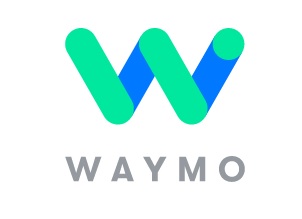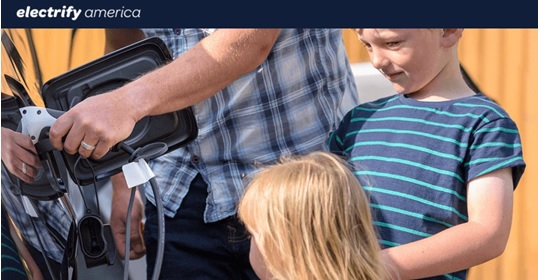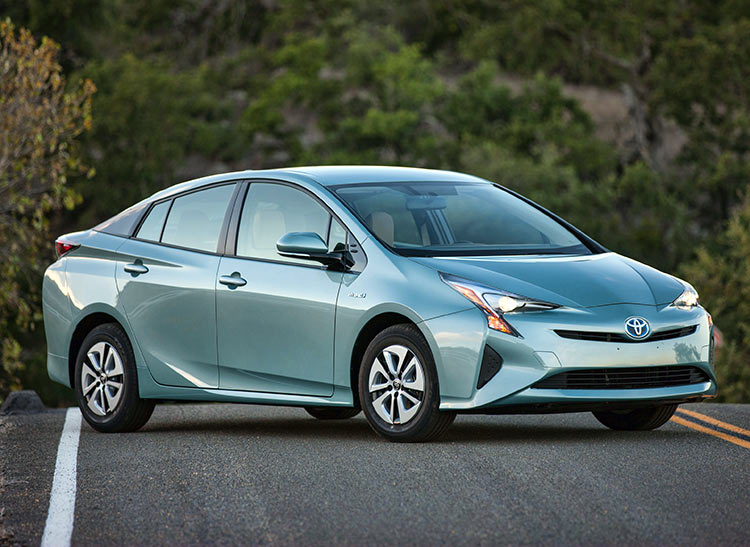by Jon LeSage, editor and publisher, Green Auto Market
Here’s my take on the 10 most significant and interesting occurrences during the past week…….
 Waymo sues Uber: Waymo has filed a federal lawsuit claiming Uber and its self-driving truck company stole Waymo’s self-driving car technology. Uber is dismissing the allegations, calling them a “a baseless attempt to slow down a competitor.” In the San Francisco federal court, the complaint alleges that an Otto self-driving truck employee earned that company more than $500 million before Uber acquired Otto. The suit alleges that Uber allegedly built a Lidar system for its own self-driving test project that lifted confidential designs from Waymo’s own technology. The company had committed “calculated theft” of Alphabet’s technology, the filing said. Uber committed to “vigorously” defend against the claims in court.
Waymo sues Uber: Waymo has filed a federal lawsuit claiming Uber and its self-driving truck company stole Waymo’s self-driving car technology. Uber is dismissing the allegations, calling them a “a baseless attempt to slow down a competitor.” In the San Francisco federal court, the complaint alleges that an Otto self-driving truck employee earned that company more than $500 million before Uber acquired Otto. The suit alleges that Uber allegedly built a Lidar system for its own self-driving test project that lifted confidential designs from Waymo’s own technology. The company had committed “calculated theft” of Alphabet’s technology, the filing said. Uber committed to “vigorously” defend against the claims in court.- Plug-in pickups: Workhorse Group will be supplying 500 of its W-15 Plug-In Electric Pickups through an agreement made with Southern California Public Power Authority (SCPPA), a joint power authority made up of 11 municipal utilities and one irrigation district in the region. The company cites letters of intent also being signed with Duke Energy, Portland General Electric, the City of Orlando, and other fleet clients for acquisitions of electric trucks. Workhorse says tat the W-15 light duty platform design is an extension of the E-Gen electric technology used in its medium-duty delivery trucks. It will be revealed at ACT Expo 2017 in Long Beach, Calif, with an expected starting price of $52,500 and deliveries beginning in 2018.
- Tap into event promotions: Don’t forget about working Green Auto Market to promote your industry events. Readers show a lot of interest in upcoming events and resources they can utilize to participate, as you can see in this week’s special feature on Green Truck Summit and ACT Expo 2017. GAM has been able to offer support and promote conferences through event coverage, e-blast announcements to readers, updates and links to websites, social media (such as an active Twitter page), and video. Those interested can reach me at jon@jonlesageconsulting.com.
- Musk’s email on UAW: CEO Elon Musk has asked Tesla workers to turn down joining the United Auto Workers union, according to a leaked email. Reported by BuzzFeed, Musk’s email disputed claims about harsh working conditions made by an employee, and criticized the UAW’s efforts to organize workers at the carmaker’s Fremont, Calif., factory. The email argues that the UAW’s “true allegiance is to the giant car companies” that Tesla is challenging. Musk is concerned that the unionization would work to get in the way of the company’s “mission to accelerate the advent of a clean, sustainable energy future.”
- Panamera plug-in hybrid: Porsche says that the new Panamera Turbo S E-Hybrid will be the new flagship in the Panamera line for its “electromobility” and power delivery. The all-wheel drive plug-in hybrid is expected to deliver impressive performance numbers in power and torque. The company said that the Panamera Turbo S E-Hybrid shows the “high importance of electromobility to Porsche.” It will go 50 kilometers (31 miles) on battery only; but that comes from European NEDC standards and would be less in the U.S.
- Carbon tax: ExxonMobil CEO Darren Woods is backing the Paris Agreement and has called for a carbon tax to reduce U.S. emissions. In a blog post on the ExxonMobil website, Woods outlined his company’s plans to boost natural gas generation, energy efficiency, biofuels and carbon capture and storage to help drive down emissions. Woods replaced Rex Tillerson in January. Tillerson now serves as Secretary of State under President Trump. Tesla CEO Elpn Musk has been asking Tillerson to support bringing a carbon tax through Washington.
- Short range Clarity: Honda’s all-electric Clarity, which debuts this spring in the U.S., will only be able to go about 80 miles on a single charge, according to Automotive News. Honda said the 80-mile range has been based on two factors: building it on a platform right for the fuel cell and plug-in hybrid versions, and keeping the electric Clarity affordable to the typical Honda customer. “A pillar of the Honda brand is affordability, and if Honda came out with some obscenely priced long-range electric car, what does that do for the brand?” Steve Center, vice president of environmental business development at American Honda Motor Co. “Most of our customers would not be able to acquire it.”
- Mercedes EQ Power: Mercedes is launching the EQ Power sub-brand this summer, the company announced. All of the next hybrid and EV models will come out under the new brand, which was first revealed at the 2016 Paris Motor Show. Future AMG hybrid models will have EQ Power+ designations. The company has said it will launch 10 battery electric models by 2025 under the EQ umbrella, with the first model expected to arrive in 2019.
- 4 more Gigafactories: As a note to investors sent with its quarterly financial report, Tesla said it expects that long-term demand for its electric vehicles require the company to add four more Gigafactories beyond its current Nevada plant. One of the four will be established at SolarCity’s facility in Buffalo, N.Y., which Tesla acquired through the acquisition of the solar power company; the other three will probably be placed overseas such as in Europe and Asia.
- VW e-Golf doubles range: Volkswagen of America has gained a 50% increase in estimated range by the U.S. Environmental Protection Agency for the 2017 Volkswagen e-Golf. The new e-Golf can go 125 miles on a single charge, up from 83 miles in the previous model year. A new lithium-ion battery has 35.8 kWh, up from 24.2 kWh. It also received a better EPA fuel economy rating with 126 MPGe in city driving, 111 MPGe highway and 119 MPGe combined. That’s up over 126/105/116 respectively in comparable ratings for the 2016 model in EPA ratings.

 For those interested in staying current on phase two of federal fuel economy and greenhouse gas standards for trucks, and the latest in government incentive programs for clean vehicles and fueling infrastructures, two conferences are coming up that will address these and other significant issues.
For those interested in staying current on phase two of federal fuel economy and greenhouse gas standards for trucks, and the latest in government incentive programs for clean vehicles and fueling infrastructures, two conferences are coming up that will address these and other significant issues.  GM bringing out 1,000s of automated Bolts:
GM bringing out 1,000s of automated Bolts:  India offers a look at steep challenges and vast opportunities for clean transportation and energy from the fastest-growing country in the world.
India offers a look at steep challenges and vast opportunities for clean transportation and energy from the fastest-growing country in the world. Volkswagen’s settlement of the its “dirty diesel” scandal took a step forward last week with formation of the Electrify America LLC subsidiary. The new business unit, led by longtime executive Mark McNabb, will carry out $2 billion in investments in zero emission vehicles, infrastructure, and public outreach over the next decade. As part of the settlement, VW has been directed to make its outreach and education programs “brand neutral,” and not become VW electric vehicle marketing campaigns; and, its charging stations are to be accessible to all plug-in electrified vehicles.
Volkswagen’s settlement of the its “dirty diesel” scandal took a step forward last week with formation of the Electrify America LLC subsidiary. The new business unit, led by longtime executive Mark McNabb, will carry out $2 billion in investments in zero emission vehicles, infrastructure, and public outreach over the next decade. As part of the settlement, VW has been directed to make its outreach and education programs “brand neutral,” and not become VW electric vehicle marketing campaigns; and, its charging stations are to be accessible to all plug-in electrified vehicles. Hybrid and EV sales: The Toyota Prius dropped out of the top spot for the first time in January, with the Ford Fusion Hybrid finishing first in U.S. sales. The Prius hybrid drop goes beyond the usual sales decline at the time of year, dropping 28.1% in sales from January 2016, according to
Hybrid and EV sales: The Toyota Prius dropped out of the top spot for the first time in January, with the Ford Fusion Hybrid finishing first in U.S. sales. The Prius hybrid drop goes beyond the usual sales decline at the time of year, dropping 28.1% in sales from January 2016, according to 